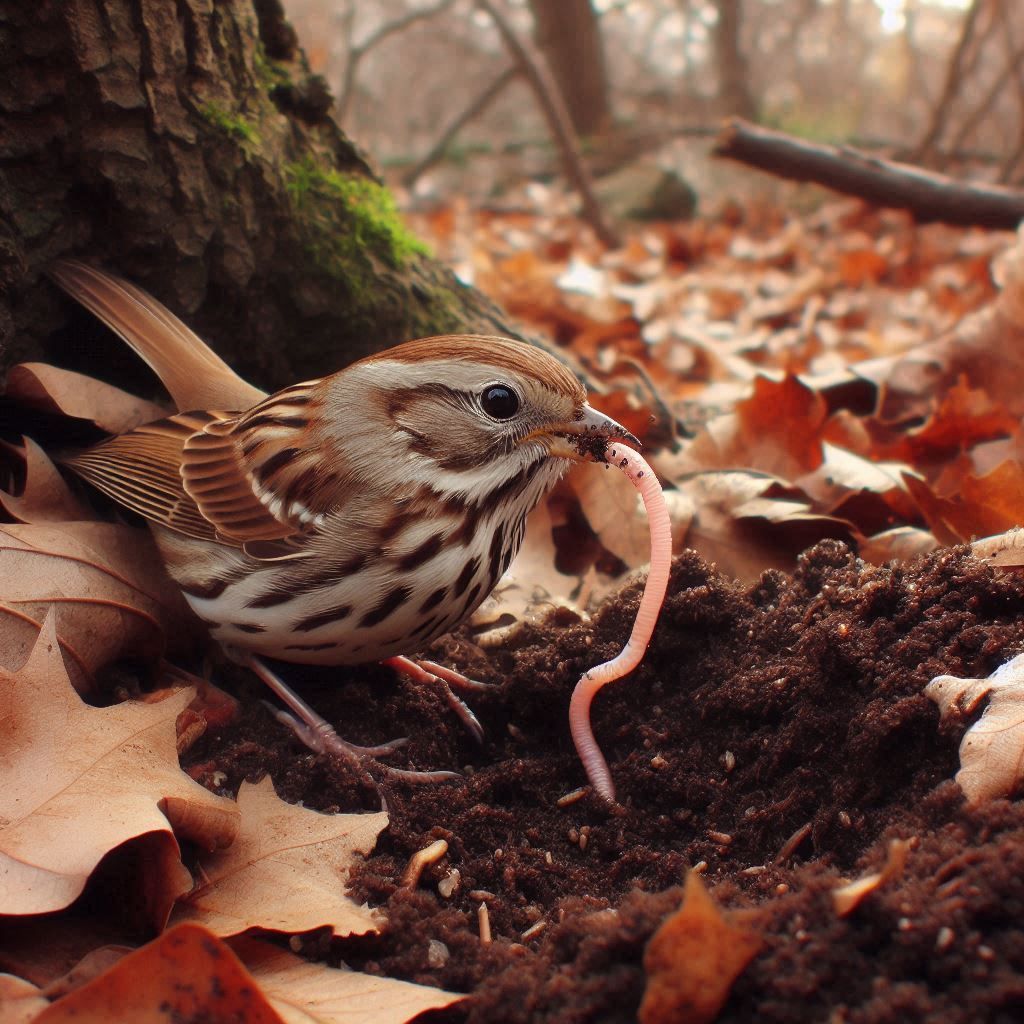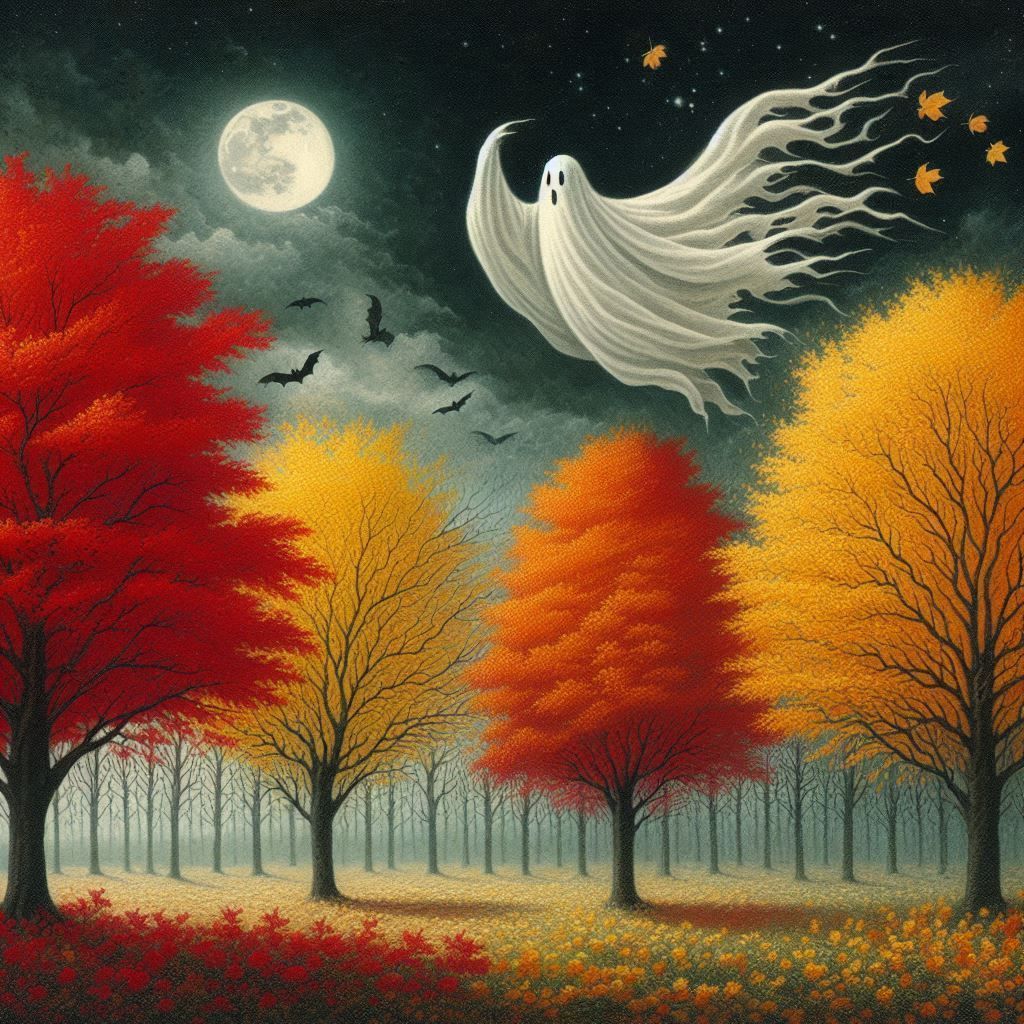Chase Devil
Like everywhere else in the Northern Hemisphere, late June in Lightfall Hollow is marked by the summer solstice and the longest day of the year. Shortly thereafter, the ancient holiday of Midsummer arrives. During both occurrences, it is alleged magic is at its peak.
I couldn’t agree more. There is nothing more bewitching than a night illuminated by the mating ritual of fireflies. Nor is there anything more enchanting than a dark forest brightened by the ethereal blooms of mountain laurel. And there is not another thing in this world that has more power to charm than a dappled fawn.
The word “solstice” is based on an erroneous assumption made in the Roman Republic during the first century B.C.E. It comes from the Latin “solstitium,” meaning “sun standing still” and is the consequence of the sun’s noontime position changing so little for a few days before and after the solstice that, when viewed with the naked eye, it appears to be the same.
The word “midsummer” comes from several European words for the middle of summer. Although late June may not seem like the middle of summer to us, apparently the old Anglo- Saxon calendar only had two seasons, summer and winter. The name midsummer then makes sense, the last third of June falling midpoint between the vernal equinox of March and the autumnal equinox of September.
Similarly, according to the old Celtic calendar, summer begins on May 1. Therefore, midsummer falling in the last third of June would again be correct.
The holiday of Midsummer began as a pagan agrarian festival that in many countries featured bonfires. After the summer solstice, people noticed days get shorter. The bonfires of Midsummer were intended to help the sun, to augment its strength so it could do its work for the remainder of the crop season, a bountiful harvest the happy result.
Since the days getting shorter does not equate to the weather getting colder, it would have seemed to our forebearers that their bonfires worked. Which, like the notion the sun stands still around a solstice, probably encouraged the many more magic-related traditions that have become associated with the summer solstice and Midsummer.
Included in these traditions is the belief that on Midsummer Eve, spirits can easily cross over from their otherworld to our human world and that many take the opportunity to do so. Some of these spirits are evil fiends. While others, like the fairy, Puck, in William Shakespeare’s Midsummer Night’s Dream, are only mischievous rascals.
Consequently, people began jumping over their bonfires. This perilous custom arose from the belief that jumping over a bonfire – the higher the better and best of all if done multiple times both forwards and backwards – keeps away vexing spirits and brings good luck. For the life of me, I cannot fathom why anyone would think such an absurd thing. I can only theorize that perhaps Fairy Puck is the one who got it right. “Lord, what fools these mortals be!”
Another age-old, midsummer tradition to keep away troublesome supernatural spirits is to gather certain herbs and flowers. Among these, chase devil has long been regarded as exceptionally powerful.
The plant is a sun-loving herb. It is found in temperate areas across the globe, including all of Pennsylvania’s counties and much more of the U.S. It typically grows one to three feet tall and is in full bloom at the summer solstice and Midsummer. Bright yellow, five-petaled flowers flourish in clusters at the top of branched, leafy stems. The blossoms have numerous long, golden stamens that shoot out from their centers like rays of the sun.
Perhaps this is why the ancient Celts believed chase devil contains the energy of the sun at its strongest on the summer solstice. It therefore gives ample protection to those who gather it and either wear it or place it in their homes. While at the same time, chase devil cultivates courage and makes possible the inner peace obtained by a brave heart. In short, chase devil shoos away demons both external and internal.
These days, chase devil is more commonly known as St. John’s wort. Because of its active ingredient, hypericin, it is mostly used in folk medicine by herbalists to treat mild depression and anxiety. Thus, even now, the herb is kept busy defeating demons.
As for the name change, it happened when Christianity arrived in Europe, and its followers converted Midsummer to St. John’s Day to commemorate the birth of John the Baptist, who is said to have been born six months before Jesus. Since chase devil was so closely linked to Midsummer, it got swept up in the religious metamorphosis and became St. John’s wort. (Wort is an old word for plant.)
Adding to the herb’s newer religious association is the red stain that issues forth from the hypericin when the leaves and flowers of the plant are crushed or immersed in alcohol or oil. Although Christianity does not regard the phenomenon as magical, it is acknowledged as a symbol of the blood of St. John when he was martyred.
Yet, evidently even for some Christians, a bit of chase devil’s old magic remains. One example among others is the notion that if you put a bloom of St. John’s wort under your pillow on St. John’s Eve, that night St. John will appear in your dreams with a blessing that will prevent your death in the coming year.
For many years now, I have made it my practice in late June to harvest St. John’s wort and bring it into my home, placing sprigs of the herb above my door and window frames. There they remain until the next midsummer when I pick from a new crop. Not because I expect the little, lowly verdure to keep pandemonium and death at bay. Although I sure wish it were that easy. But rather I guess for the same reason I plant flowers on my parents and other family members’ graves, as well as keep trying to grow my mother zinnias as I related in “Garden.” It’s an act of love, respect, and appreciation for those who have laid my foundation and a continuing connection to them and life as a whole.
There is another comfort in it as well. When people befuddle, disappoint, and anger me, and I find myself agreeing more and more with Puck’s analysis of us, my chase devil reminds me that it is human nature to reach for the fantastic. We have powerful, wonderful imaginations, and they make possible great creations. However, they can also produce beliefs that are naïve, unfounded, irrational, fear-filled, and even dangerous. False fabrications of which I too am guilty. Me being only human and all.
Regarding the answer to such a challenging paradox. I don’t know. It’s a mystery. So, I guess I should just take the bad with the good and hope for myself and all others as well a generous reap of chase devil.

Credit: Bing Image Generator
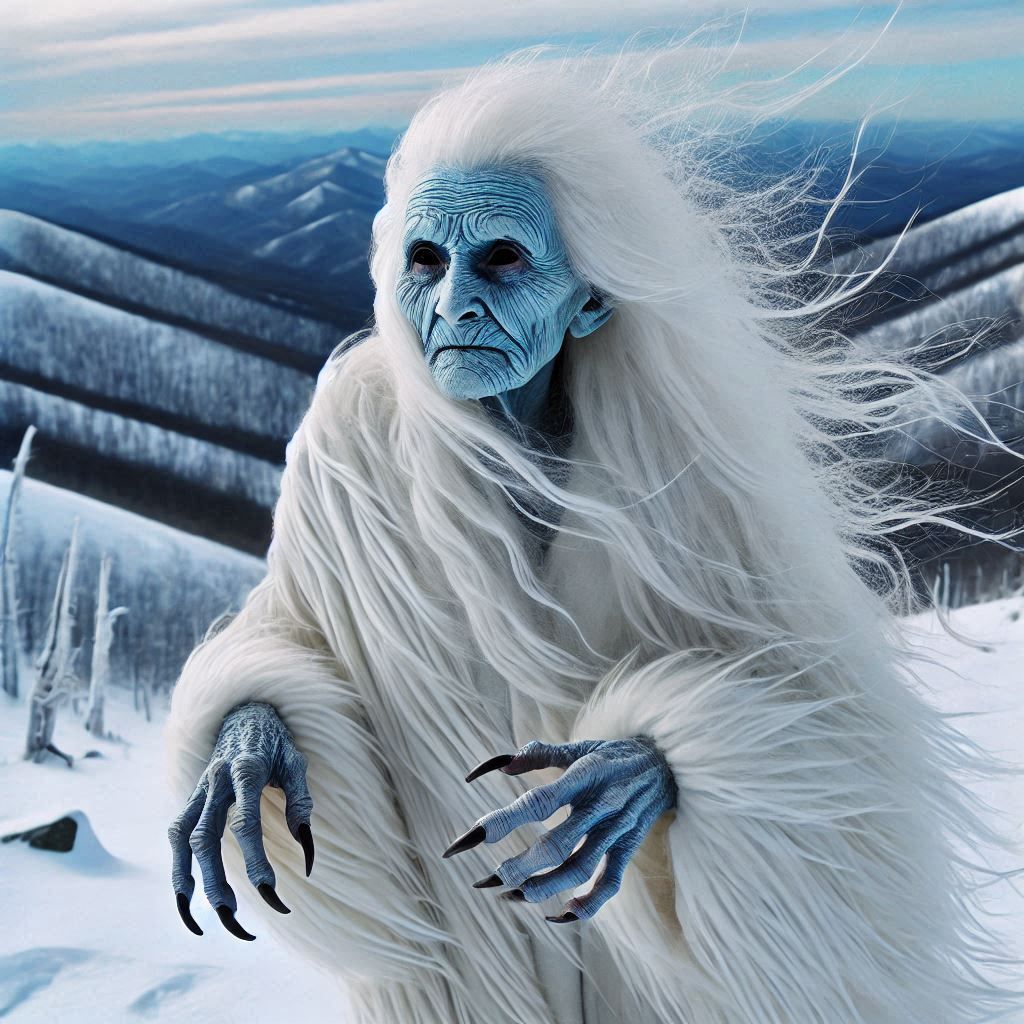
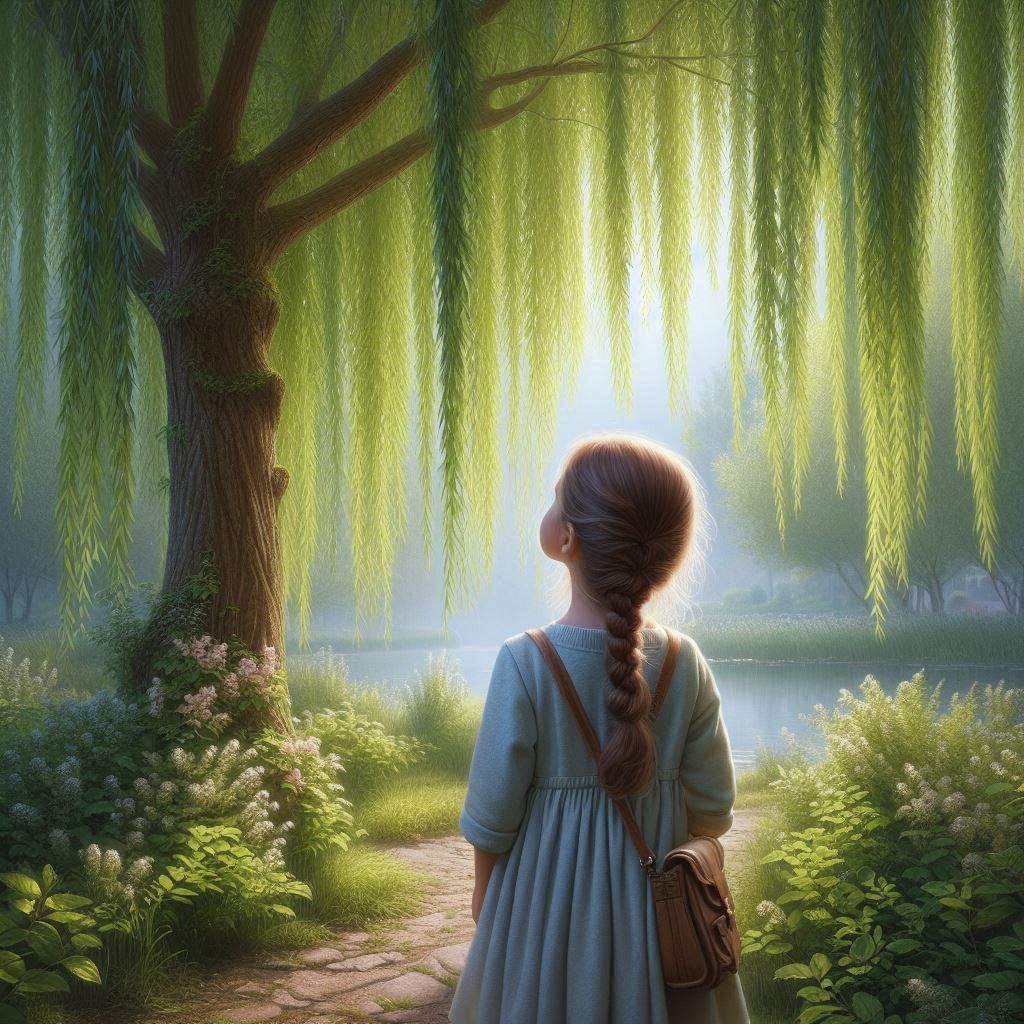
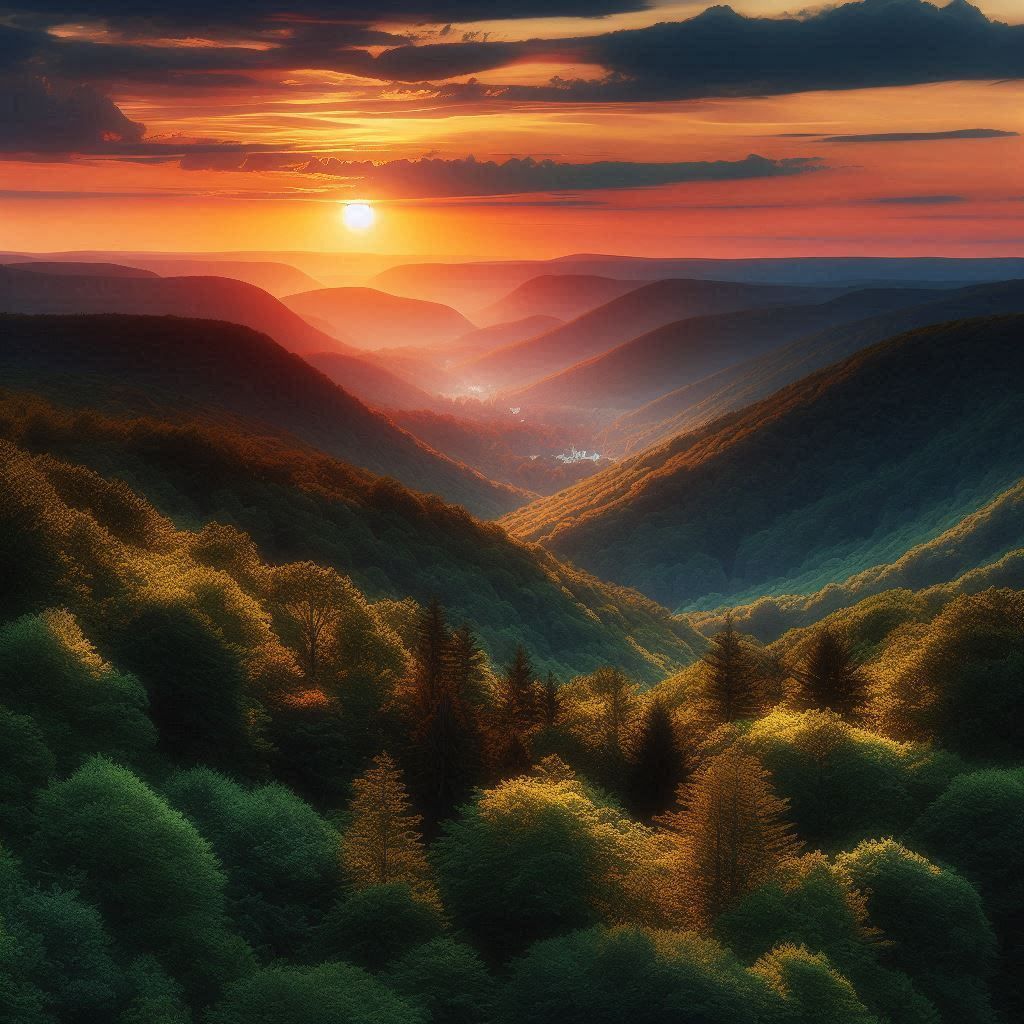

All Rights Reserved | Susan C. Ramirez




